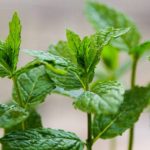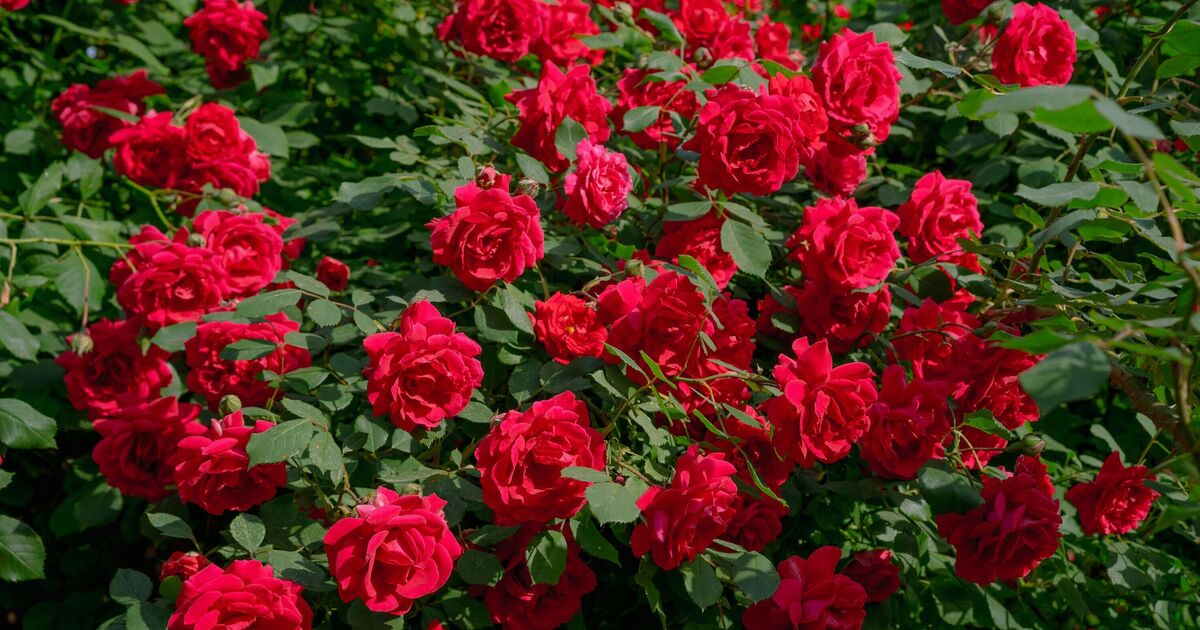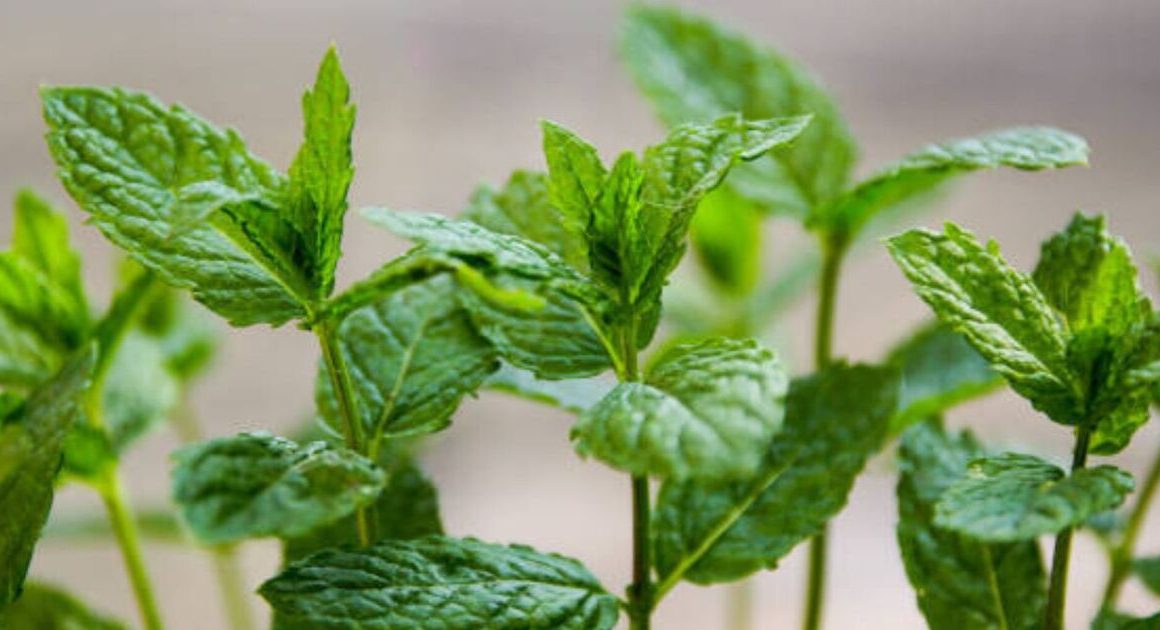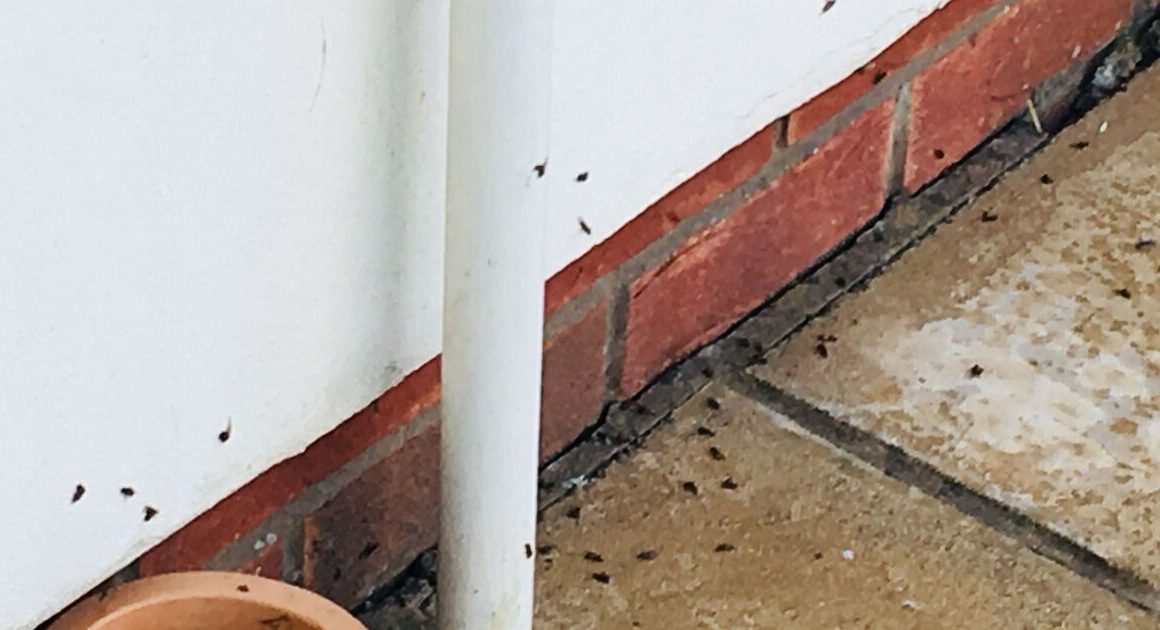Pruning is essential if gardeners want to get the most out of their roses once winter is over.
A rose bush will survive without an annual pruning during its dormant period. It will, however, become a weak, poorly-shaped plant with smaller blooms. It will look neglected and be prone to pests and diseases.
Pruning removes dead and diseased canes and triggers new buds to push at the base so that new vigorous canes can form.
The basics of rose pruning are not difficult to learn, and unlike a tree, roses will rarely be permanently damaged during the learning process.
Taking to their TikTok page @lucie.ponsford.ga, Lucie has shared the top three reasons why it is essential to prune roses in one month in particular – January.
The first reason Lucie shared is down to dormancy. She explained that the plant is “asleep” during this time so pruning will be “less stressful” for roses and yourself.
This is because the plant will not leak out any sap and the healing time will be quicker.
The second point the gardening expert gave is that you won’t be bombarded with leaves so you can see the branches.
Lucie said: “Roses are deciduous so you can clearly see the structure, making it easier to shape.”
The third and final point she shared for pruning roses in January is that because of “flower power”.
Lucie explained: “Roses bloom on new growth. By pruning back, you bring those gorgeous flowers closer to the framework. Pruning in January means setting your roses up for a stunning bloom in spring”.
When pruning roses, Lucie explained on her gardening website Mimosa Garden Design that you want to create a structure that will “thicken up year after year” and hold blooms at just the right height without the stems bending.
For those gardeners who have pruned hard in the past and found their roses blooming on the ground, Lucie urged: “Don’t prune that rose as hard this time.”
Instead, she recommended: “Prune it by a third to avoid too much regrowth. With secondary thickening, you are creating a shorter regrowth this year.












